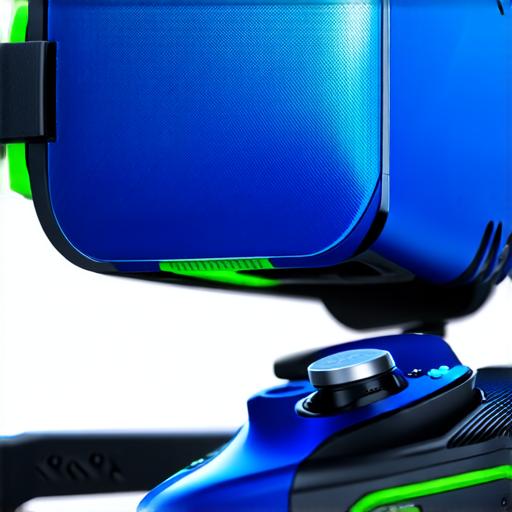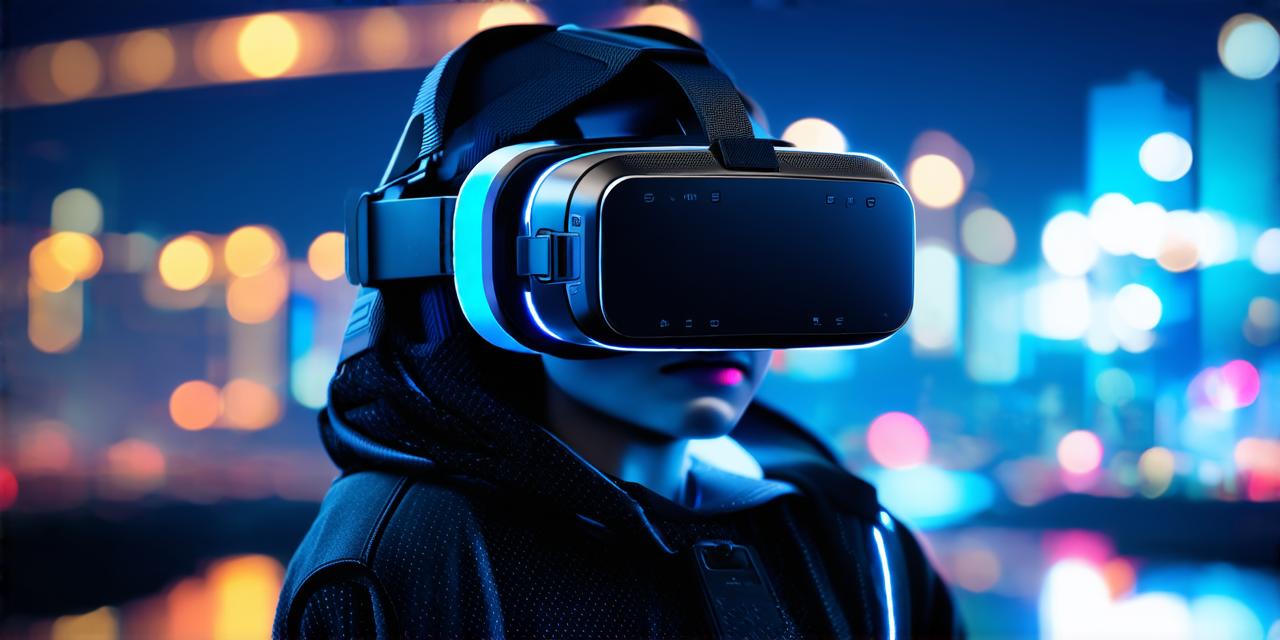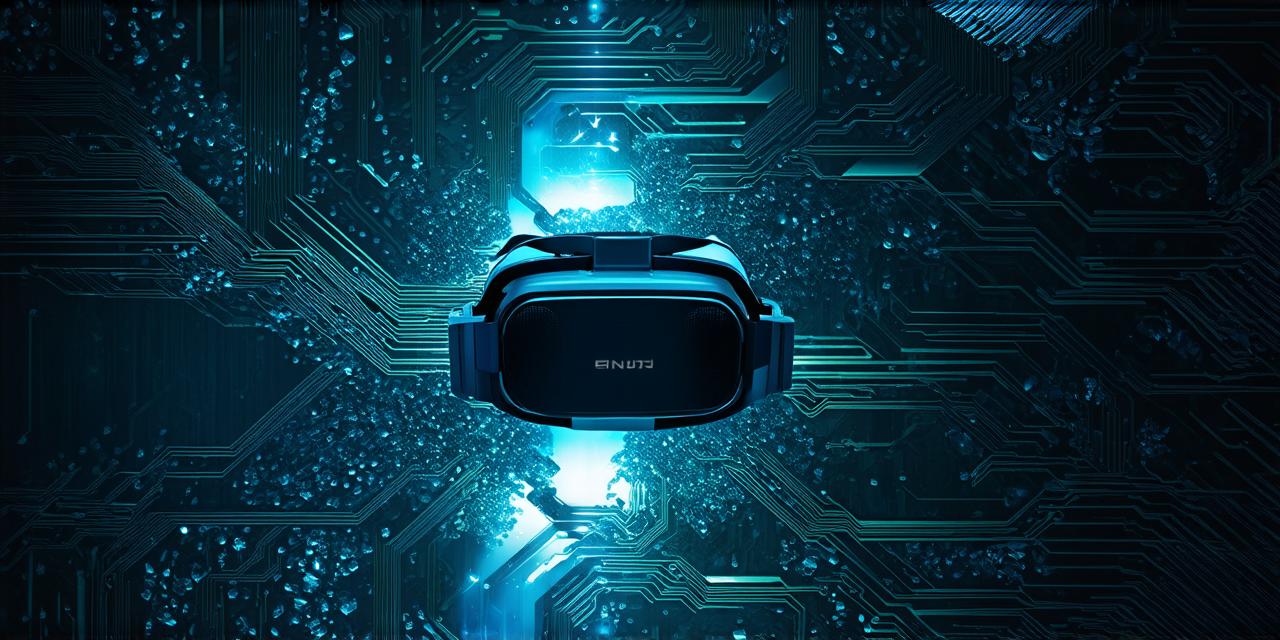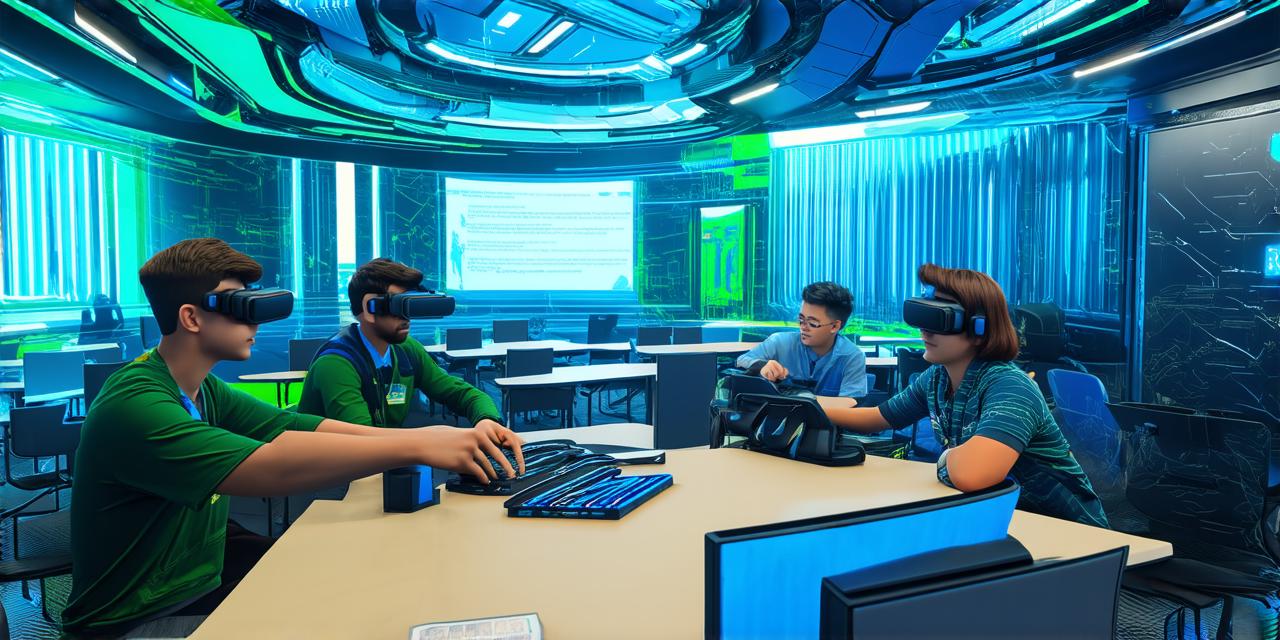The Costs of Virtual Reality
There are several costs associated with virtual reality technology. These include:
- Hardware Costs: The most obvious cost of VR is the hardware required to run it. This includes high-end computers, specialized controllers, and the VR headset itself. The cost of VR hardware can vary depending on the quality and features of the equipment.
- Software Costs: In addition to hardware costs, there are also software costs associated with VR. This includes licensing fees for VR software and development tools. Some companies may offer free or low-cost alternatives, but these often have limitations on their capabilities.
- Maintenance Costs: As with any technology, there are maintenance costs associated with VR. This includes regular updates to software, repairs of hardware, and replacement of consumable components such as batteries and cables.
- Training Costs: To make the most of VR, employees will need training on how to use it effectively. This can include hands-on training sessions, online courses, or consulting with experts.
Benefits of Virtual Reality
While there are costs associated with VR, there are also significant benefits that can make this technology worth the investment for AR developers. These benefits include:
- Enhanced Creativity: VR provides a platform for creatives to experiment and push the boundaries of what is possible in the physical world. This can lead to new and innovative ideas that would not be possible with traditional methods.
- Increased Efficiency: VR allows users to experience immersive environments that simulate real-world scenarios. This can help AR developers test designs and prototypes quickly and efficiently, reducing time to market for new products.
- Improved Learning: VR provides a safe and controlled environment for employees to learn new skills. This can lead to increased job satisfaction and better performance on the job.
- Cost Savings: While there are initial costs associated with VR, it can also help companies save money in the long run by reducing the need for physical prototyping and testing, as well as decreasing travel expenses for remote team members.

Case Studies and Personal Experiences
To better understand the cost of virtual reality and its benefits, let’s look at some real-life examples:
- IKEA: IKEA has been using VR technology to help customers visualize products in their homes before making a purchase. This has led to increased customer satisfaction and decreased returns, saving the company money in the long run.
- NASA: NASA uses VR simulations to train astronauts for space missions. These simulations provide a safe and controlled environment for training, allowing astronauts to practice complex tasks without putting themselves or others at risk.
- Ford: Ford has been using VR technology to design and test new automobiles. This has allowed the company to reduce the number of physical prototypes needed, as well as decreasing travel expenses for remote team members.
- A Personal Experience: As an AR developer, I have used VR technology to design and test products for clients. The immersive experience provided by VR allowed me to quickly identify potential issues and make changes to my designs in real-time, saving me time and money on prototyping and testing.
FAQs
1. How much does a VR headset cost?
2. What are the licensing fees for VR software and development tools?
3. Can I use VR for free or at a low cost?
4. How long will it take to see a return on investment with VR technology?
5. Are there any cost-saving benefits associated with VR technology?
Summary
The cost of virtual reality can be high, but the benefits can also be significant for AR developers.




